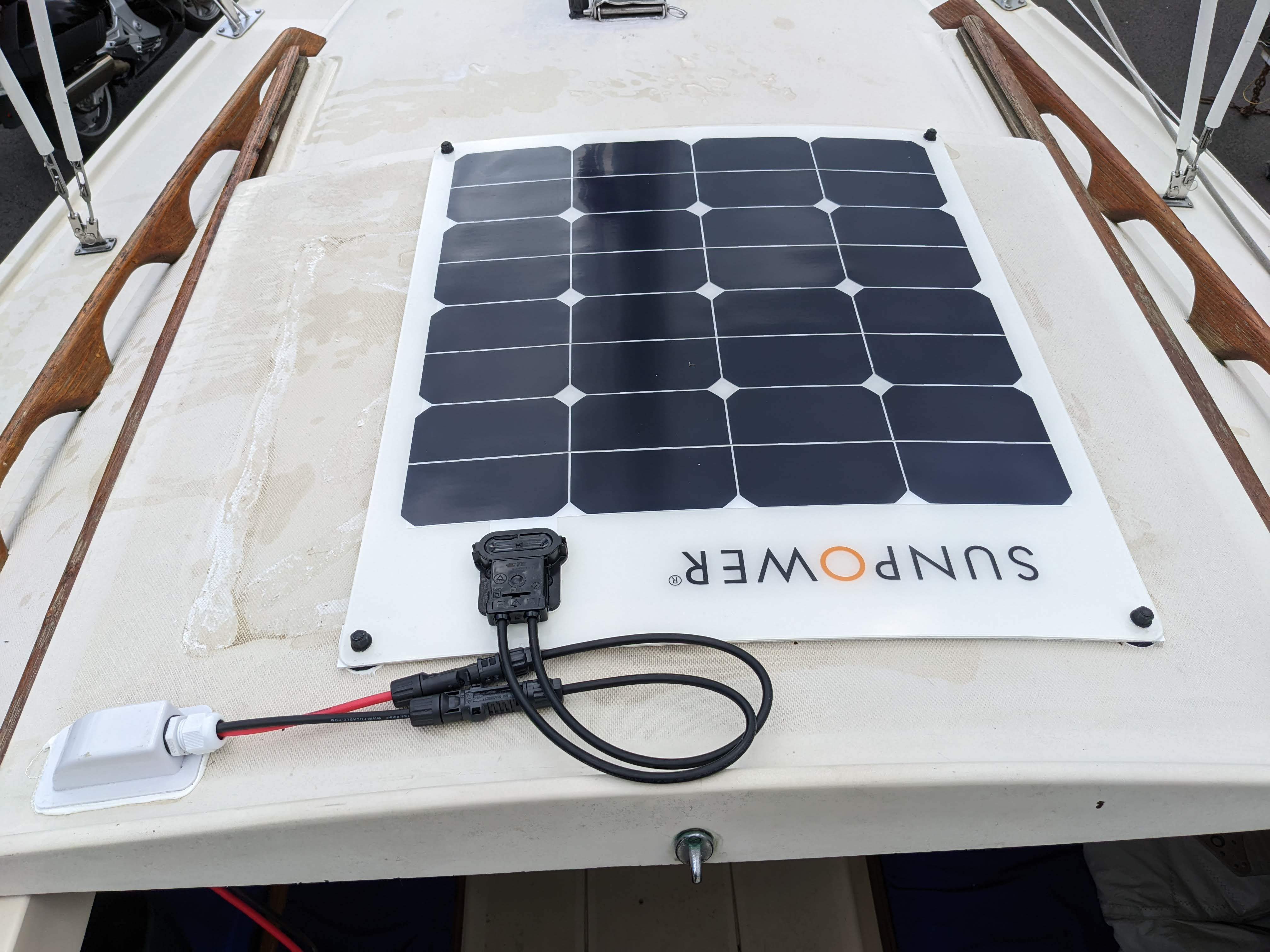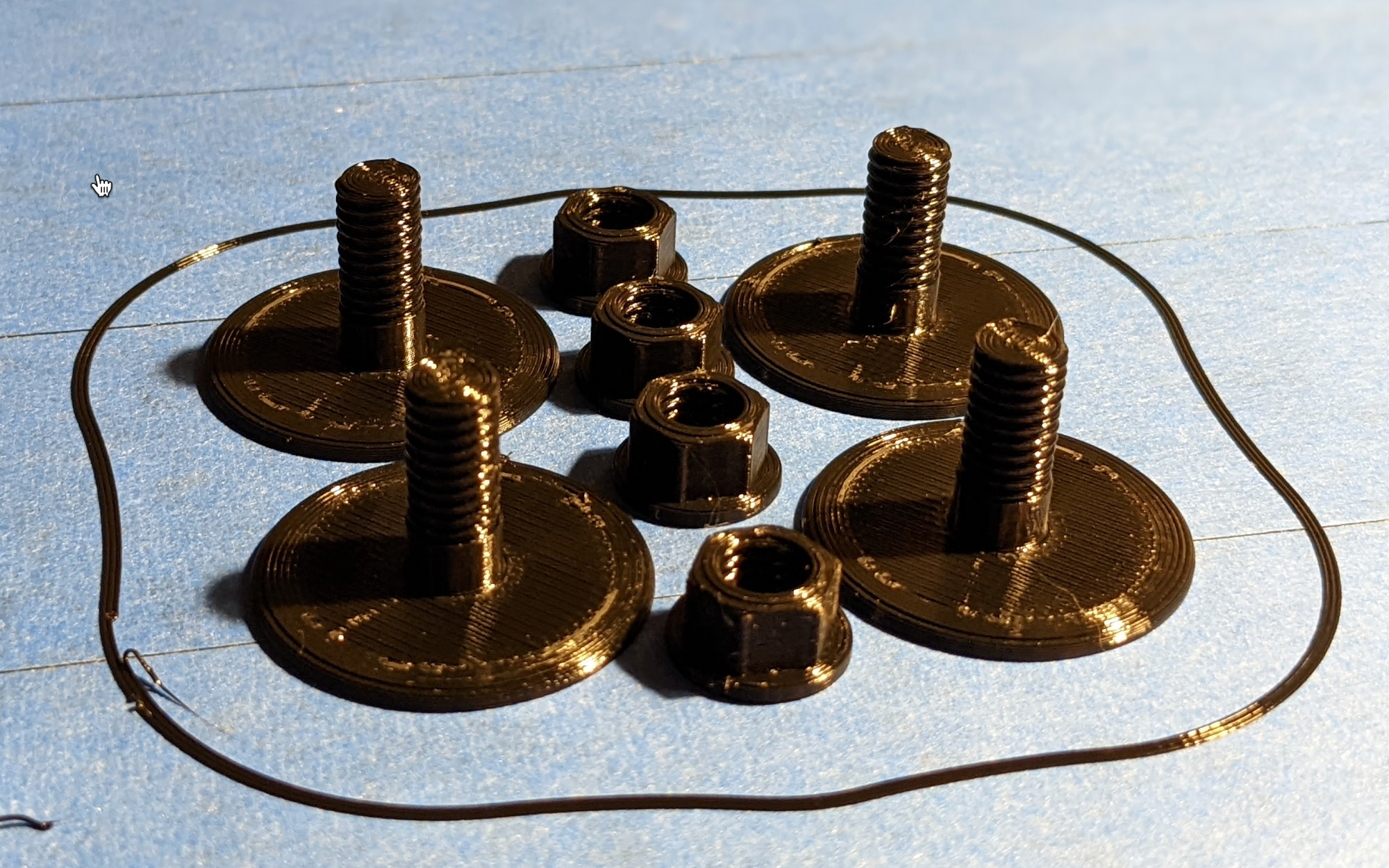I am woking on making solar panel mounts for the roof rack of my nissan xterra from TPU, since it can take a beating. Does any one have any experience with 3d-printed TPU threads? And how much stress before it can take before a bolt rips out? Also should i use teflon thread seal so the a bolt won’t come loose?
I would through bolt the TPU and use a large washer on each side. Teflon lubricates the threads making it easier to turn. You want thread locker to keep a bolt from coming loose. Be careful with the thread locker since it eats many types of plastic.
Agree with all of this. Relying on the walls of TPU to hold threads in place doesn’t seem like a great idea.
Yup, assuming the solar panels will be in the wind, potentially at highway speeds, absolutely do not rely on TPU threads for that. Threads rely on stiff material to transmit the forces from the angled faces of the thread into linear forces. Anything flexible will rip out very easily. It’s shocking how fast a rubber material - even a firm rubber - gives up when real force is put onto it. It’s like it’s not even there.
The through bolt idea is pretty good. It should be easy enough to make a spool shape out of the TPU that will work as a shock absorber. Honestly even then I’d keep an eye on it to make sure it’s not getting ripped up.
EDIT: I was curious how to quantify the difference, so I found this datasheet which shows the difference between the stiffness of rubbers, particularly polyurethane, which is what TPU is, and steel:
You’re looking for Young’s modulus, which is 1.3 - 2.1 GPa for polyurethane, and 190-220 GPa for the various steels. Steel is hundreds of times stiffer. And for the threads to fail, they don’t need to be damaged, just shift out of the way enough to slip past each other.
Not to mention 3D threads will not be the right cross-section. It won’t be face to face contact.
Use metal fasteners. Plastic fasteners are too weak for your application. The shear and tensile strength of plastic is quite low.
Yeah the idea to 3d print solar panel mounts with printed threads is probly a bad idea.
Teflon seals threads vs water or air, and works more like anti-sieze than a thread-locker. Coincidentally, Thread-locker can also keep water out, but I have no idea if there’s any point in trying to use it with TPU.
I made flat head bolts out of pteg for solar panel mounted to my sailboat and while towing it to the lake they ripped out :( (and I lost the panel)
I made the bolt head like a flat washer so I could glue it to the boat then set the panel on it and secured it with a pteg nut.

What was the failure mode? Did the glue holding them down fail, did the nut rip off the stud, leaving a stud glued to the boat, something else?
Failures are never fun, but they can still be a great learning opportunity.
The pteg failed (sheered off near the “head” of the bolt/stud. The flat washer like heads were all still attached.
I had to replace the panel, and just went with SS screws right into the fiberglass. I also tape the leading edge during transport.
I’m guessing air got up under the front lip and just poof off it came. In my case these were fairly small which I’m sure didn’t help my case.

Thanks for the follow up, as well as the photo!
deleted by creator



